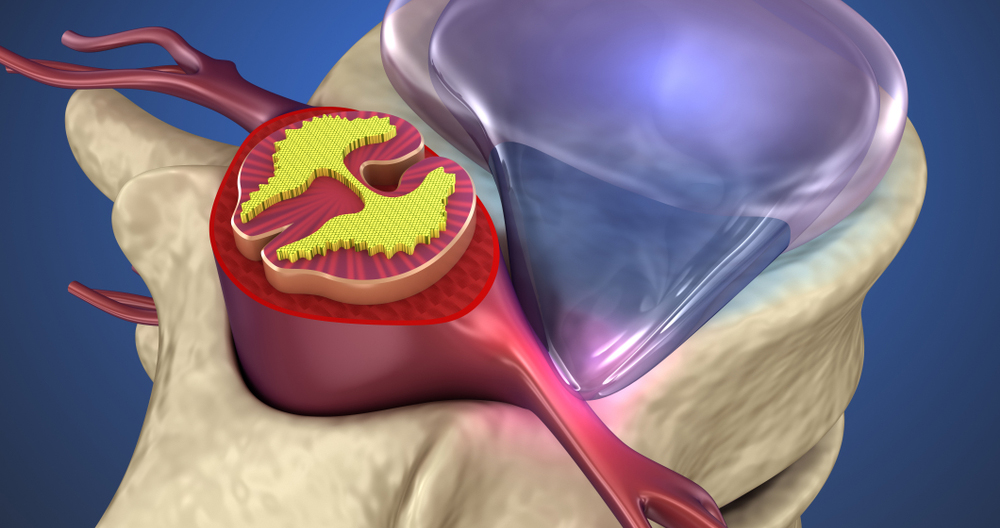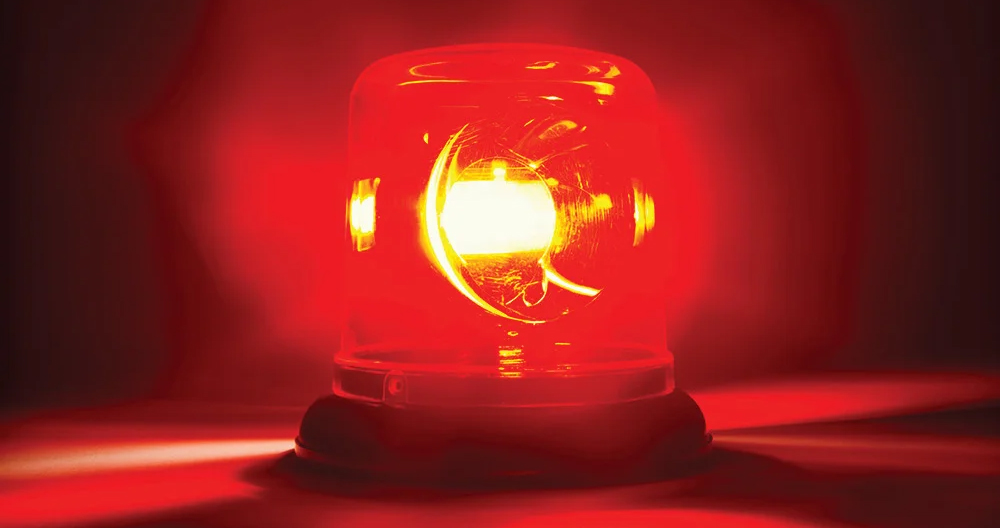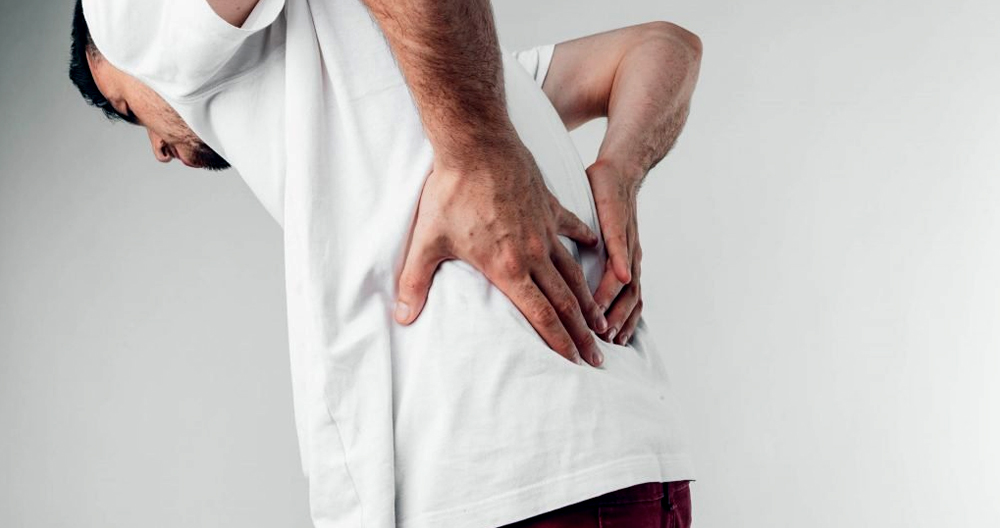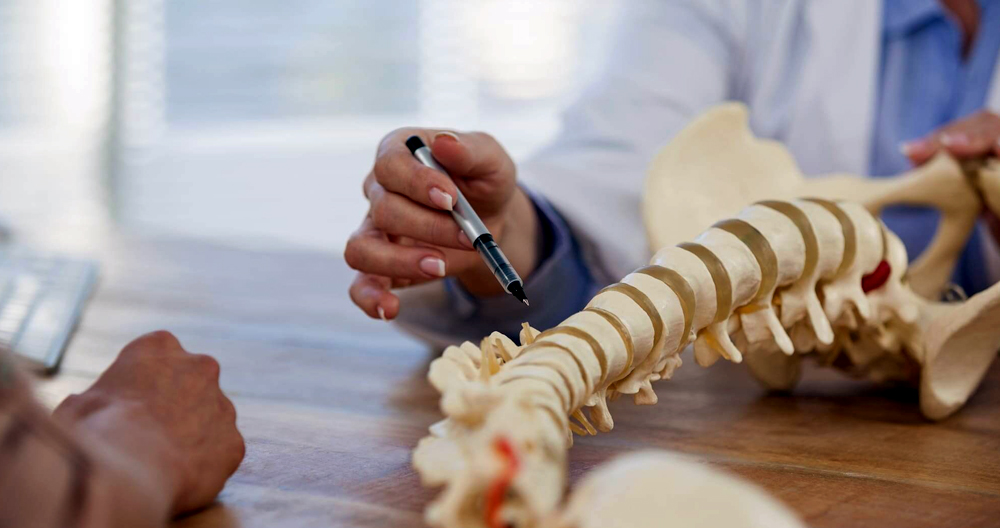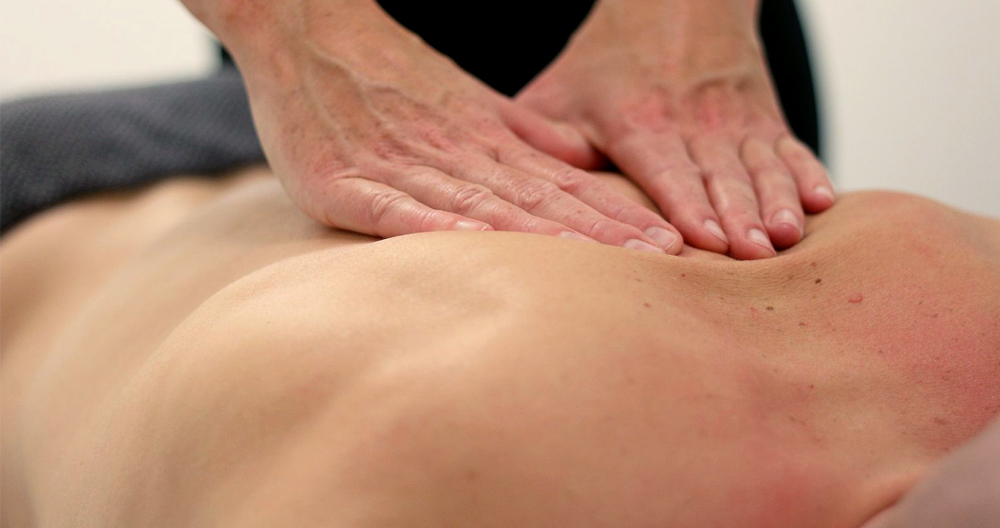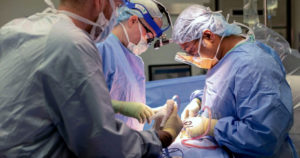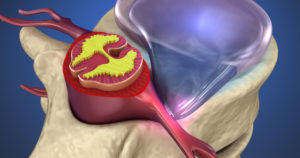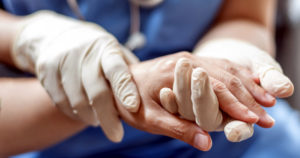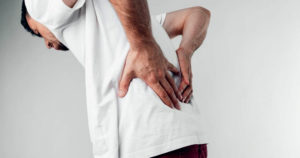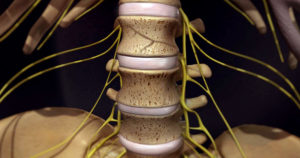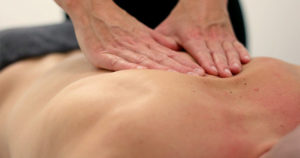
Options for Treating a Herniated Disc
A herniated or bulging disc can happen anywhere along the spine. However, it is most common in the lower back. This condition is also known as a bulging, protruding or ruptured disc. This is the most common reason for lower back pain. At some point in our lives, 60 to 80% of people will experience lower back pain. These people may experience leg pain or low back pain from a herniated distal disc. While a herniated disc may be painful, most people will feel much better after just a few months or weeks of nonsurgical treatment. Your spine is composed

